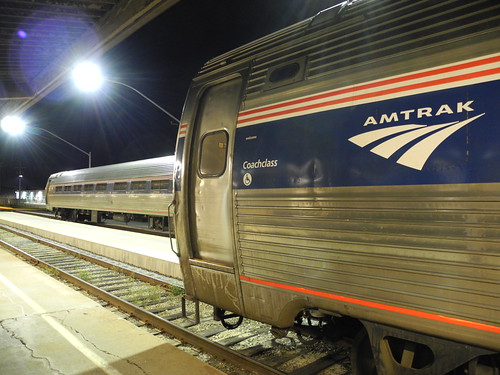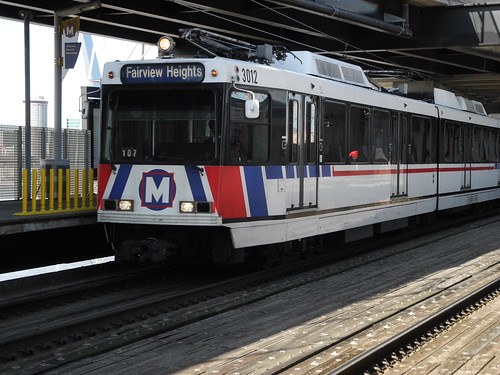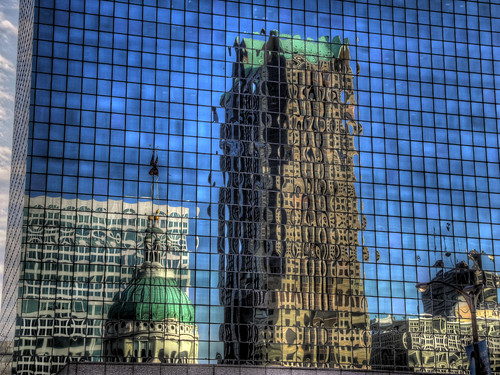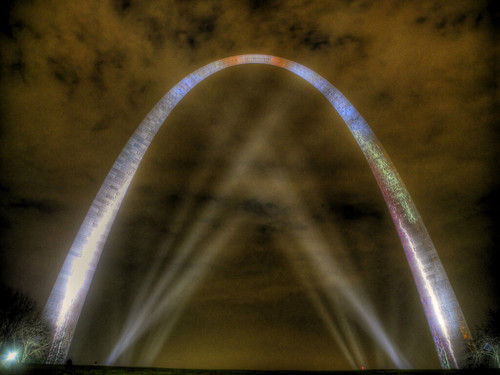Last week, Greater Greater Washington published a post that I coauthored with
Michael Perkins exploring the idea of a zone-based fare system for the Washington Metro.
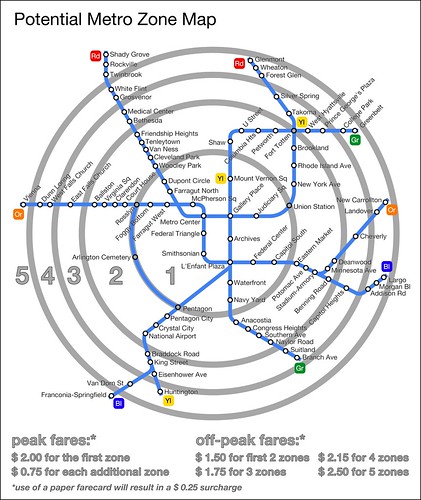
And since it's publication, I've found myself in an interesting predicament: defending an idea with which I disagree.
Neither Michael or I think that the changeover from graduated fares to a zone-based system is feasible or ideal, but in the past, many GGW commenters had called for just that.
But how do you argue in a concrete way against something that doesn't exist?
Michael and I decided to create a hypothetical fare-zone system for Metro to show people how such a system could work. We decided that if any of this were to be taken seriously, certain criteria would need to be met.
For starters, a zone system couldn't result in a net loss of revenue for Metro. So we made every effort to make our proposal revenue neutral for the agency. In order to do that, we had to get data on fare payment methods from Metro (we already had point-to-point ridership data).
Additionally, we couldn't raise fares above Metro's current fare cap (which is $5.45). We also tried to keep lower-end fares as low as possible in order to encourage equity.
Michael built a mathematical model to measure the revenue implications of different alternatives. Together we worked out where the zone breaks would be, mainly basing it on the existing "composite distance", but sometimes shifting stations where it made logical sense.
After we came up with an alternative we thought was feasible, I created a map.
We then composed a post discussing the advantages and drawbacks of a zone fare system, coming down in the end against it. Rehashing our thoughts on the matter, though, is not the point of this post.
The real impetus is the comment thread that came after our post. Michael and I found ourselves being forced to defend our zone system more than discuss it on the merits. The difficult part is that neither of us support it.
I had hoped that the discussion would have centered on things like equity, complexity, and readability. But more often than not, it seemed like people were just arguing about where the boundaries should be located, how many zones there should be, and what we should charge for it.
After a few hours of defending the zone system I helped design, I got a little short with the commenters, resulting in accusations that our analysis was essentially designed to fail, which was not the case.
From "movement":
So let's take an idea we think is a bad idea, then present an idiotic implementation which proves that it is a bad idea. Come on. You're not even trying!
For those of you following along at home, "movement's" proposal is to make the fare zone boundaries (1) DC, (2) Inside the Beltway, and (3) Everywhere else. Which of course would mean a trip from Shady Grove to Grosvenor would end up costing less than a trip from Silver Spring one stop to Takoma. (And a 2-stop trip from Forest Glen to Takoma would be even more expensive).
At any rate, I was disappointed at the conversation that resulted from this thought experiment. Not all the replies were bad, in fact, some were quite insightful. But by and large, I feel like most people completely missed the point. For example (from Brian Cloverdale):
Let's fix something that isn't broke.
Thanks so much fellows. You've just increased my fares astronomically while no doubt savings bundles for yourself.
When should I pay $2.75 to go from Eastern Market to Dupont Circle and the same $2.75 to go from Eastern Market to Capitol South??????????????
Exactly. Brian hits upon why both Michael and I think zones are inferior to graduated fare systems. But he clearly thinks we're making a serious attempt to change it
to zones, instead of trying to inform our argument about why
not to change to zones.
In the end, while I enjoyed working on the post, I'm not sure that our post (or the fare zone model) moved the conversation forward. And that's a bit of a disappointment.
